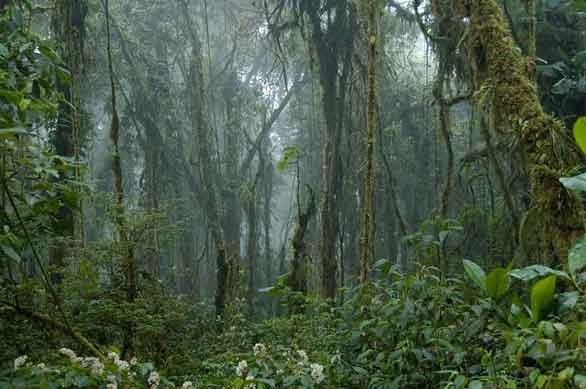How Costa Rica’s Diverse Rainforest Species Communicate
How Costa Rica's Diverse Rainforest Species Communicate

Costa Rica, a small country in Central America, is known for its lush rainforests teeming with diverse wildlife. Here, every creature, from the smallest insect to the largest mammal, plays a unique role in the ecosystem.
What’s fascinating is how they communicate in their natural habitats. It’s a symphony of sounds, colors, and movements that’s both intricate and essential for survival.
Crucial to humans though, is stress relief amidst a chaotic schedule. That’s why going on https://22bet.co.mz/en_mz/live can help you stay ahead of this burnout. Sign up to let loose and even make a tight-knit group along the way.
The Language of the Rainforest
Each species has developed its way of sending messages. Take the iconic howler monkeys, for instance. Their loud calls, which can be heard up to three miles away, serve to mark territory and warn others of dangers. These vocalizations are crucial for the social structure of their troops. They vary in tone and intensity depending on the situation.
Another example is the vibrant poison dart frogs. These tiny amphibians use their striking colors to their advantage. The bright patterns warn predators of their toxicity. Male frogs have unique calls to attract females and deter rivals, playing a crucial role in their mating rituals.
Birds, too, are masters at this, each with its distinctive call. From the melodic singing of the Resplendent Quetzal to the complex chirps of hummingbirds. These sounds aid in mating and identifying each other and establishing territories.
The Invisible Conversations
Talking in these dense ecosystems transcends the audible and the visible. Here, an intricate web of ‘invisible conversations’ takes place. This happens through scents and chemical signals. It plays a vital role in the survival and interaction of species within their world.
The Language of Scents and Chemicals
The signals can convey a range of messages, from warnings to mating invitations. Many plants have evolved to release specific chemicals as distress signs when they are being eaten or harmed. The chemicals, often volatile organic compounds, can travel through the air or soil.
These signals sent out by plants serve as a call to arms, attracting the predators of their attackers. This defense mechanism is a classic example of indirect speaking.
When certain leaves are eaten by caterpillars, the plants can emit chemicals that attract wasps. This acts as protection and assists in the control of larger herbivore populations.
Animals, too, partake in this invisible dialogue. Many insect species, such as ants and termites, rely on pheromones for this. These chemical signals show a food source and signal danger. They help in coordinating group activities like building nests or defending the colony.
Even the microscopic inhabitants, like fungi and bacteria, are involved. They often form symbiotic relationships with plants. They exchange nutrients and chemical signals. These enhance growth or provide resistance against diseases.
The Web of Life
This system is the core of the interdependence of life. Every organism contributes to and relies on this. It ensures the stability and resilience of the whole. This way it adapts and thrives even amidst environmental changes.
Challenges and Solutions
Adapting to a Changing Climate
Yet, this delicate balance is under threat due to climate change. Rising temperatures, changing rainfall patterns, and extreme weather events are impacting it. These changes can disrupt the traditional channels of wildlife.
For instance, altered rain patterns can affect the breeding cycles of frogs, whose mating calls are synced with it. Birds may find their migratory patterns disrupted, impacting their breeding and feeding habits.
Plants, too, are affected. Changes in temperature and rainfall can alter their growth cycles and the production of vital chemicals. This, in turn, affects the entire food chain, from insects to large mammals.
Innovative Conservation Efforts
In response to these challenges, Costa Rica has become a leader in conservation and sustainability efforts. The country has set ambitious goals to combat climate change. This includes efforts to preserve and protect its diverse habitat.
One innovative approach is the use of bioacoustics. This is where scientists record and analyze all these sounds. This is to track the health and behavior of the flora and fauna. It detects changes in animal populations and identifies areas that need protection.
Another significant effort is reforestation. Planting new trees and restoring damaged parts helps in maintaining wildlife. It ensures that they have the space and resources to thrive.
Community Involvement
Local communities play a vital role in these conservation efforts. Many projects involve indigenous and rural locals on their teams. They recognize their knowledge and give them a stake in preserving their heritage. Eco-tourism, too, has been a powerful tool, providing economic benefits while promoting conservation.
Final Thoughts
The symphony of the rainforest in Costa Rica is a beautiful yet complex system. But understanding it is crucial for the health of our planet. We must take action on behalf of future generations as we face the problems posed by climate change.
Do you find Loadedsongs useful? Click here to give us five stars rating!

















I love this
I love this app website